Matthias Grünewald (1470-1528)
Get a Grünewald Certificate of Authenticity for your painting (COA) for your Grünewald drawing.
For all your Grünewald artworks you need a Certificate of Authenticity (COA) in order to sell, to insure or to donate for a tax deduction.
Getting a Grünewald Certificate of Authenticity (COA) is easy. Just send us photos and dimensions and tell us what you know about the origin or history of your Grünewald painting or drawing.
If you want to sell your Grünewald painting or drawing use our selling services. We offer Grünewald selling help, selling advice, private treaty sales and full brokerage.
We have been authenticating Grünewald and issuing certificates of authenticity since 2002. We are recognized Grünewald experts and Grünewald certified appraisers. We issue COAs and appraisals for all Grünewald artworks.
Our Grünewald paintings and drawings authentications are accepted and respected worldwide.
Each COA is backed by in-depth research and analysis authentication reports.
The Grünewald certificates of authenticity we issue are based on solid, reliable and fully referenced art investigations, authentication research, analytical work and forensic studies.
We are available to examine your Grünewald painting or drawing anywhere in the world.
You will generally receive your certificates of authenticity and authentication report within two weeks. Some complicated cases with difficult to research Grünewald paintings or drawings take longer.
Our clients include Grünewald collectors, investors, tax authorities, insurance adjusters, appraisers, valuers, auctioneers, Federal agencies and many law firms.
We perform Matthias Grünewald art authentication, appraisal, certificates of authenticity (COA), analysis, research, scientific tests, full art authentications. We will help you sell your Matthias Grünewald or we will sell it for you.
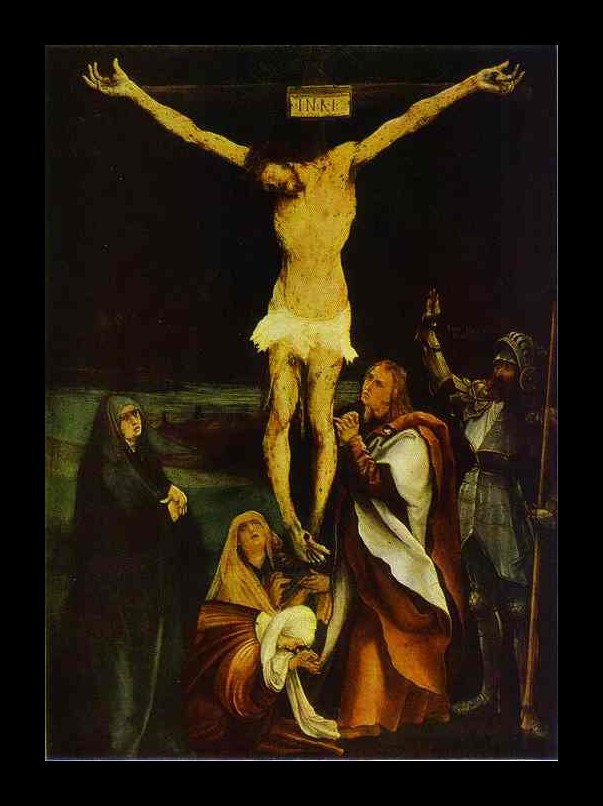
Matthias Grünewald was a German artist who painted during the Renaissance and is considered one of the finest painters of his time. He was born in Würzburg in the 1470’s, though the precise year is unknown, and in fact, his real name was not known until only about one hundred years ago. Grünewald’s real name was Mathias Gothart Neithart, and the name Grünewald was mistakenly given to him by a 17th century writer. This mistake was made because he also called himself Nithart, Neithardt and Gothart.
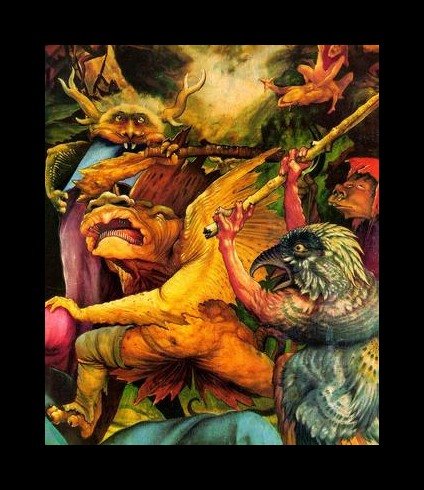
Grünewald was the court painter for the archbishop’s of the city of Mainz for fifteen years, and is considered by some art historians to be the best German painter of all time. He is compared to fellow painter Dürer as being one of the most important northern painters of the 16th century and is praised still today for his use of color and skill with line. It is said that after 1520, Grünewald was forced to leave his post because of his Lutheran faith, and most likely did not paint as much thereafter.
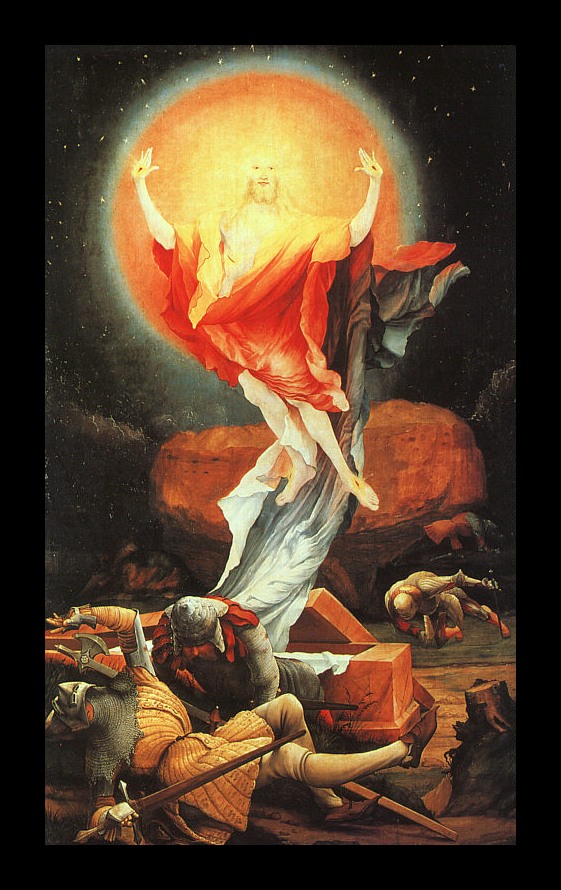
Grünewald’s painting style was so similar to Dürer that for centuries his work was almost completely forgotten about. His greatest masterpiece, “Isenheim Altarpiece” was previously thought to have been created by Dürer, but has since been attributed to Grünewald. To date, less than 15 paintings have been 100% positively attributed to and identified as Grünewald’s.
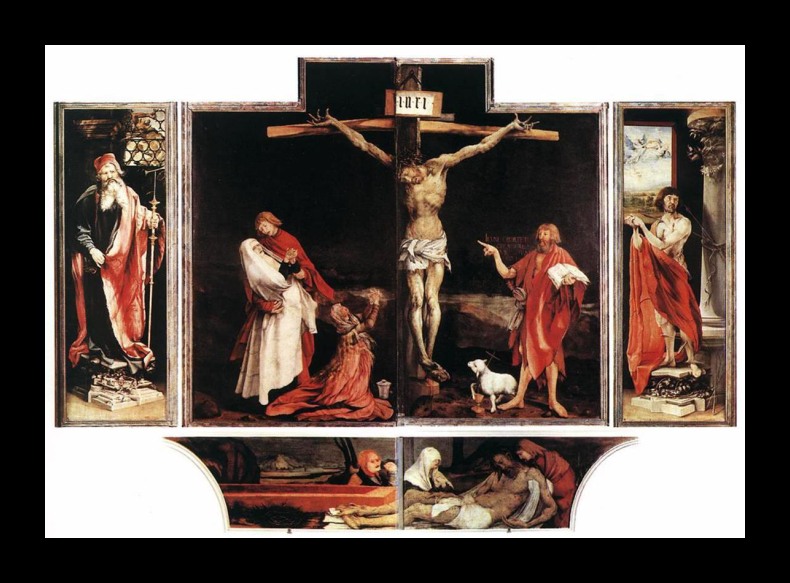
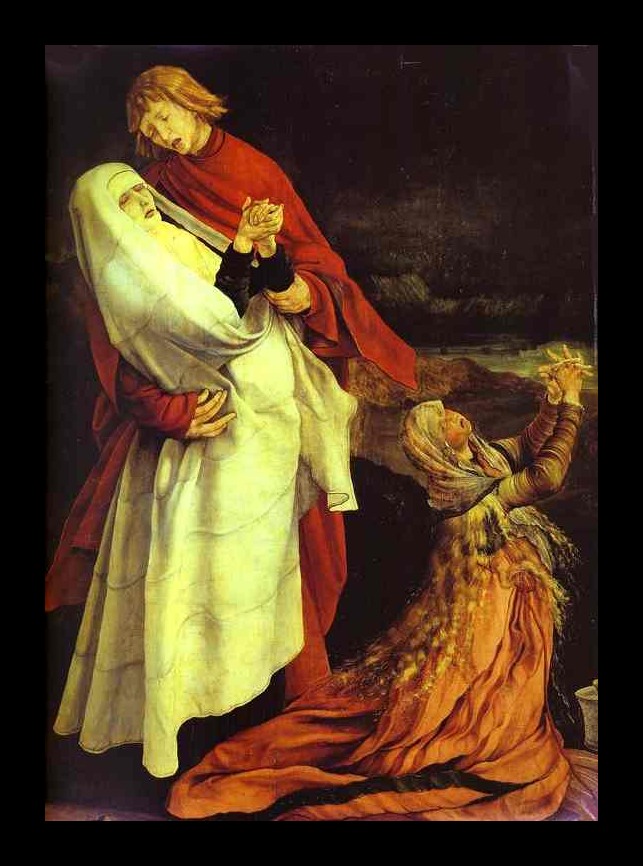
So how did this highly skilled and regarded German Renaissance painter end up by the wayside? For one, the confusion with his name certainly puts a damper on the art authentication process. It is unknown how many different ways he signed his work, and which names he may or may not have used. Also, since his work is so similar to Dürer’s, who was better known, authenticators may have been quick to attribute Grünewald’s work to him.
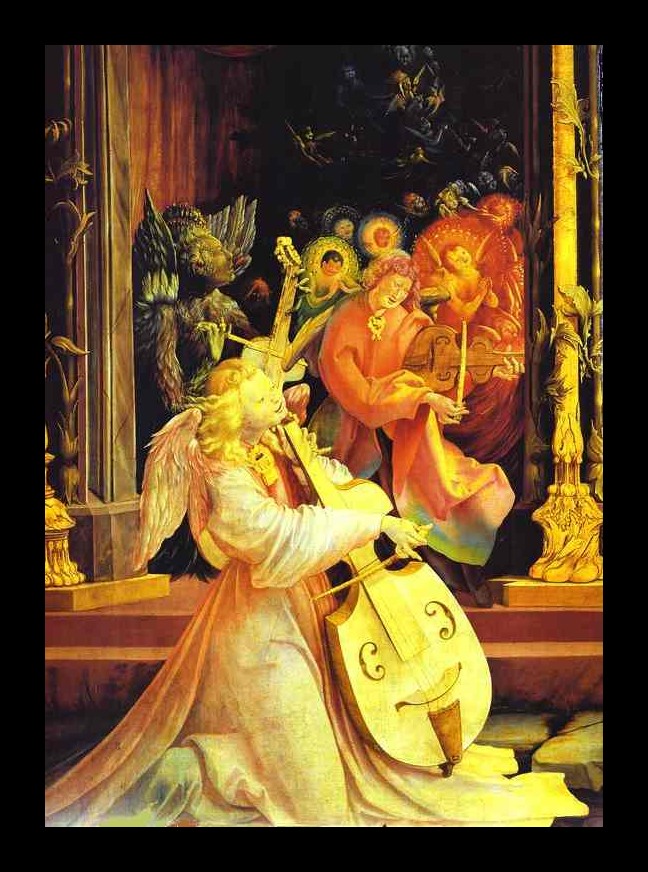
Like so many other painters of the day, Grünewald’s oeuvre consists mainly of religions scenes and portraits. However, unlike other painters, Grünewald is regarded for his use of figural distortion to portray tragedy and violence, while using color and chiaroscuro shading to create high drama. The figures within these compositions mirror that of Italian Renaissance style paintings, and are thick and fleshy and lifelike.
.jpg)
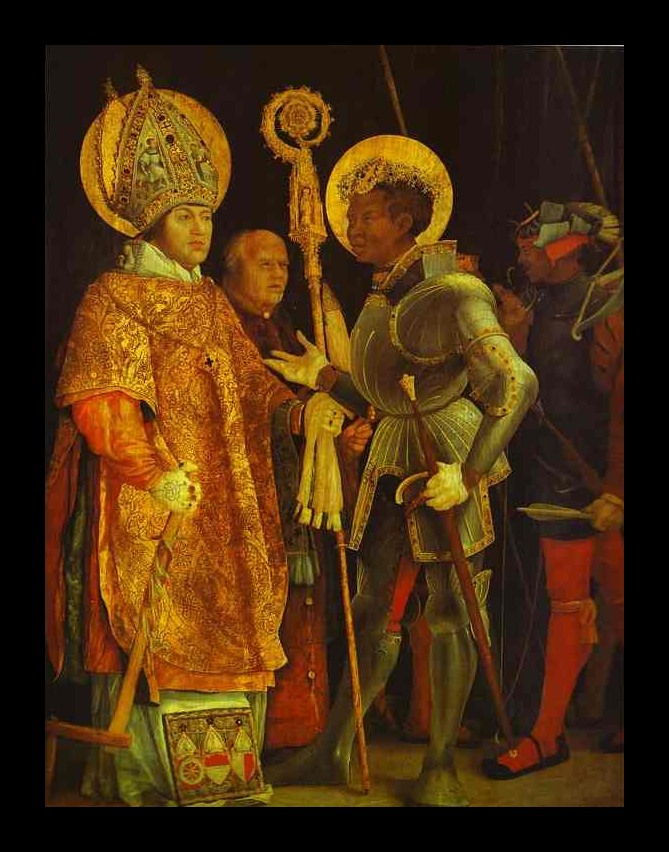
Today, more information than ever exists about this previously unknown master of early German Renaissance painting. It is unknown just how many paintings he may have created, leaving a large window of opportunity for new paintings to surface. Still wondering about an early German Renaissance painting hanging in your family’s estate? Contact us…it could be by Matthias Grünewald.
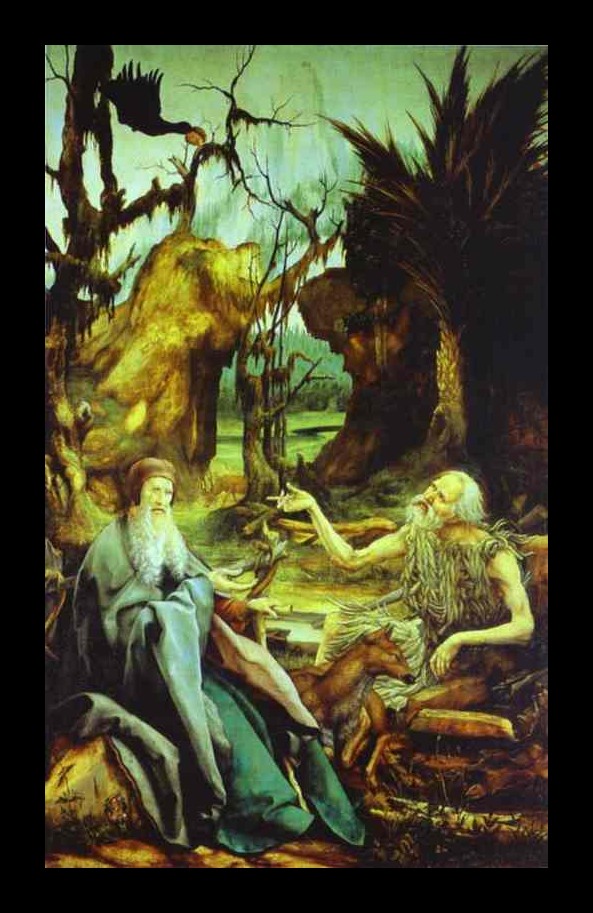
Reviews
1,217 global ratings
5 Star
4 Star
3 Star
2 Star
1 Star
Your evaluation is very important to us. Thank you.
